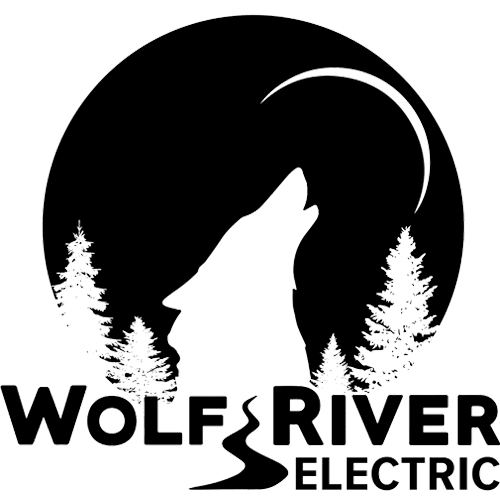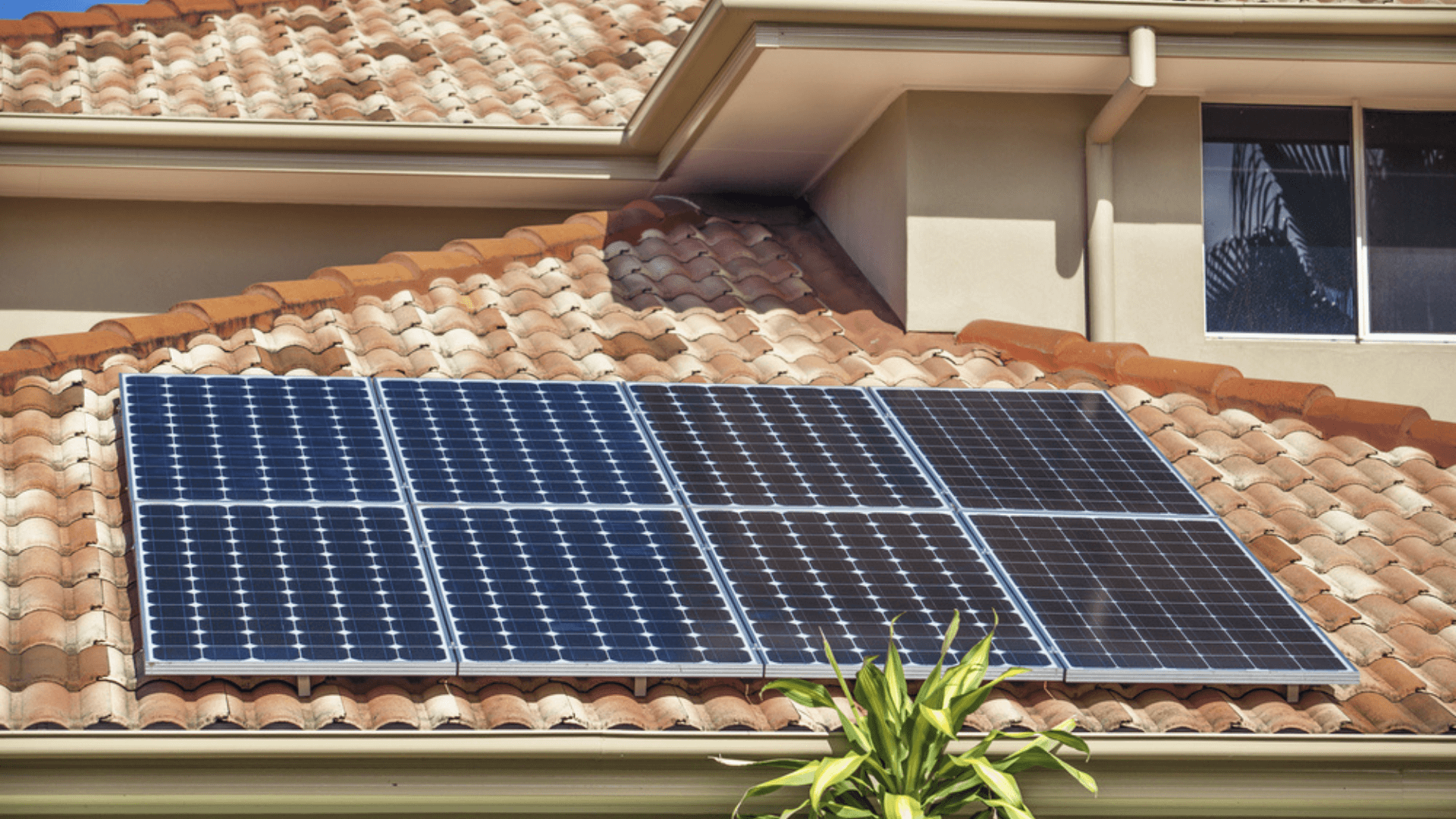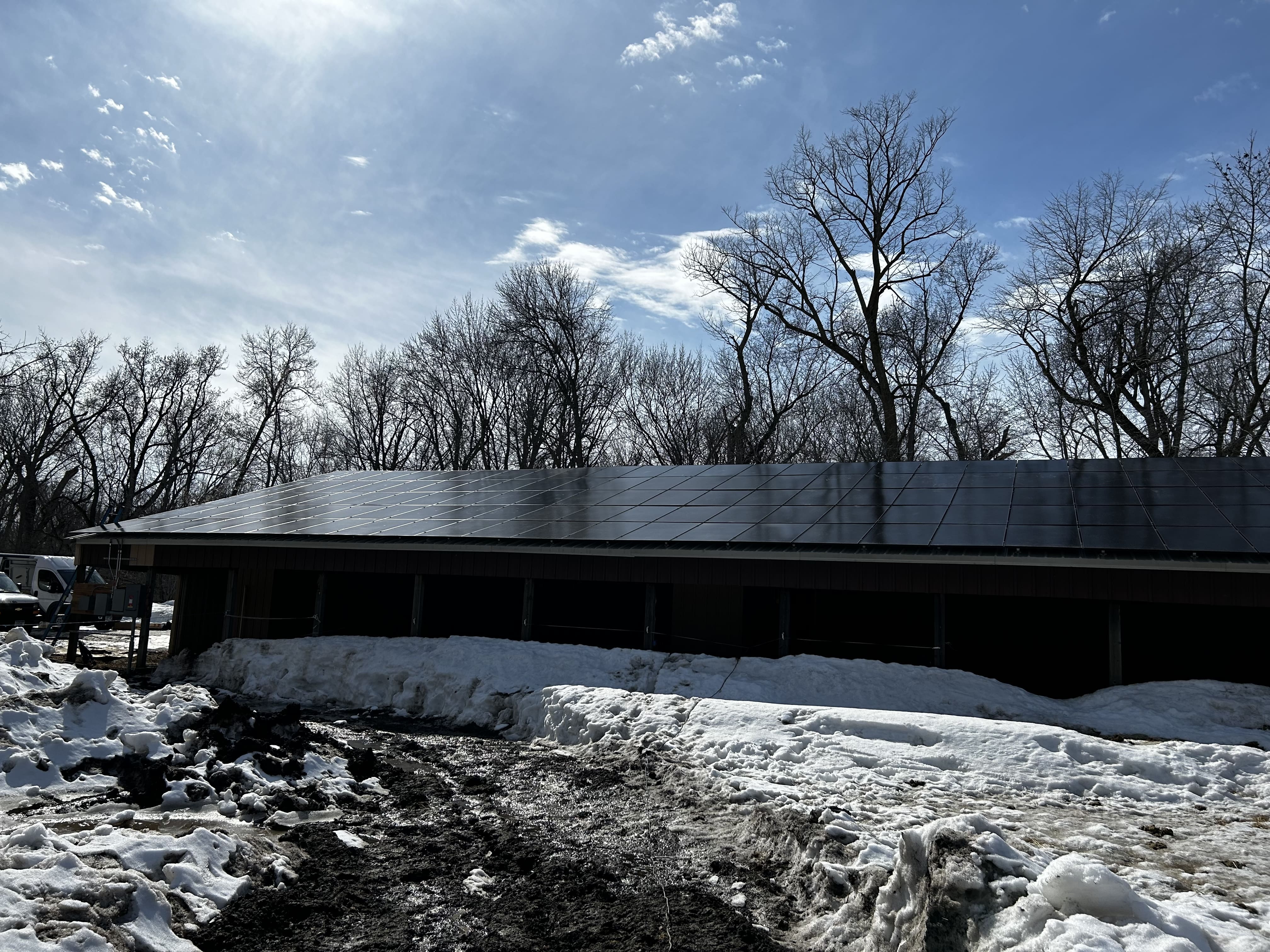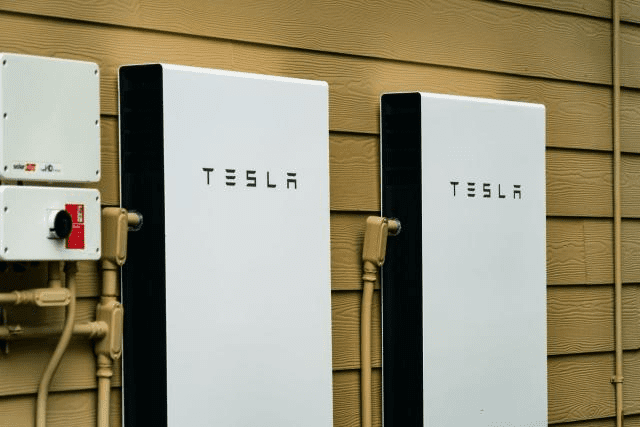During winter time, the snow is falling, and the temperatures are freezing. But for those of us with solar panels in our homes or businesses, the winter season brings another important concern: how do we keep Winter’s Challenge: Snow on Solar Panels?
It’s important to understand how snow affects your system to maintain its operation throughout winter properly.
With this guide by Wolf River Electric, you’ll have all the tips and tricks for dealing with Winter’s Challenge: Snow on Solar Panels. Keep reading below to learn more about snow on solar panels and what steps can be taken.
Understanding The Science Behind Solar Panels And Temperature
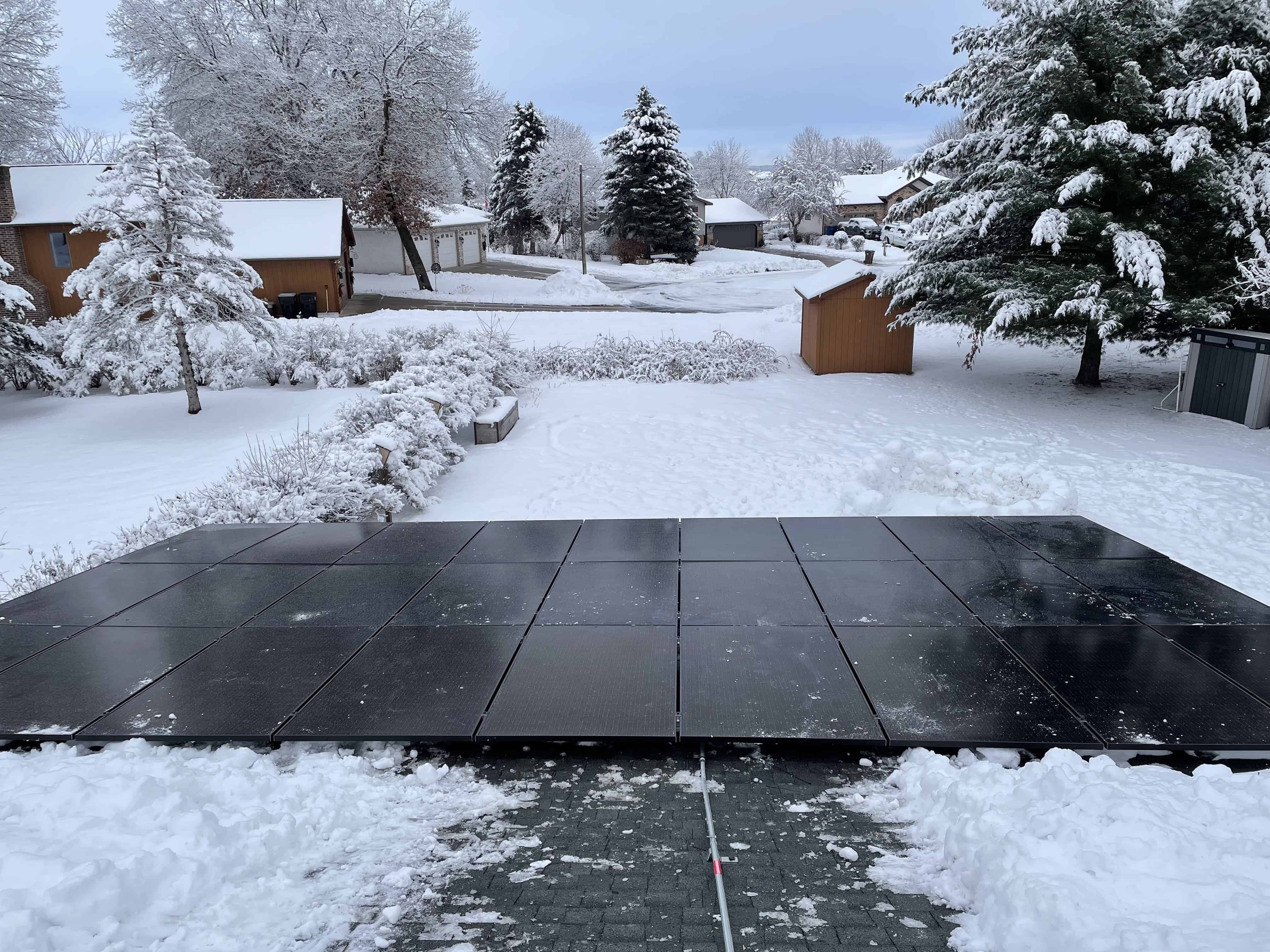
Solar panels comprise photovoltaic (PV) cells, which generate electricity through sunlight. When the sun’s rays hit a PV cell, an electrical charge is generated and collected in a circuit.
The amount of electricity that can be produced increases with higher temperatures since solar cell efficiency is related to temperature. During cold weather, the panels produce electricity in low amounts.
The Major Downside To Winter's Challenge: Snow on Solar Panels
The major downside to Winter’s Challenge: Snow on Solar Panels is reduced sunlight exposure and shorter daylight hours. Winter months often experience more cloud cover, snowfall, and longer periods of darkness, which diminishes the amount of energy generated. This can result in lower electricity production and potentially increased reliance on other energy sources.
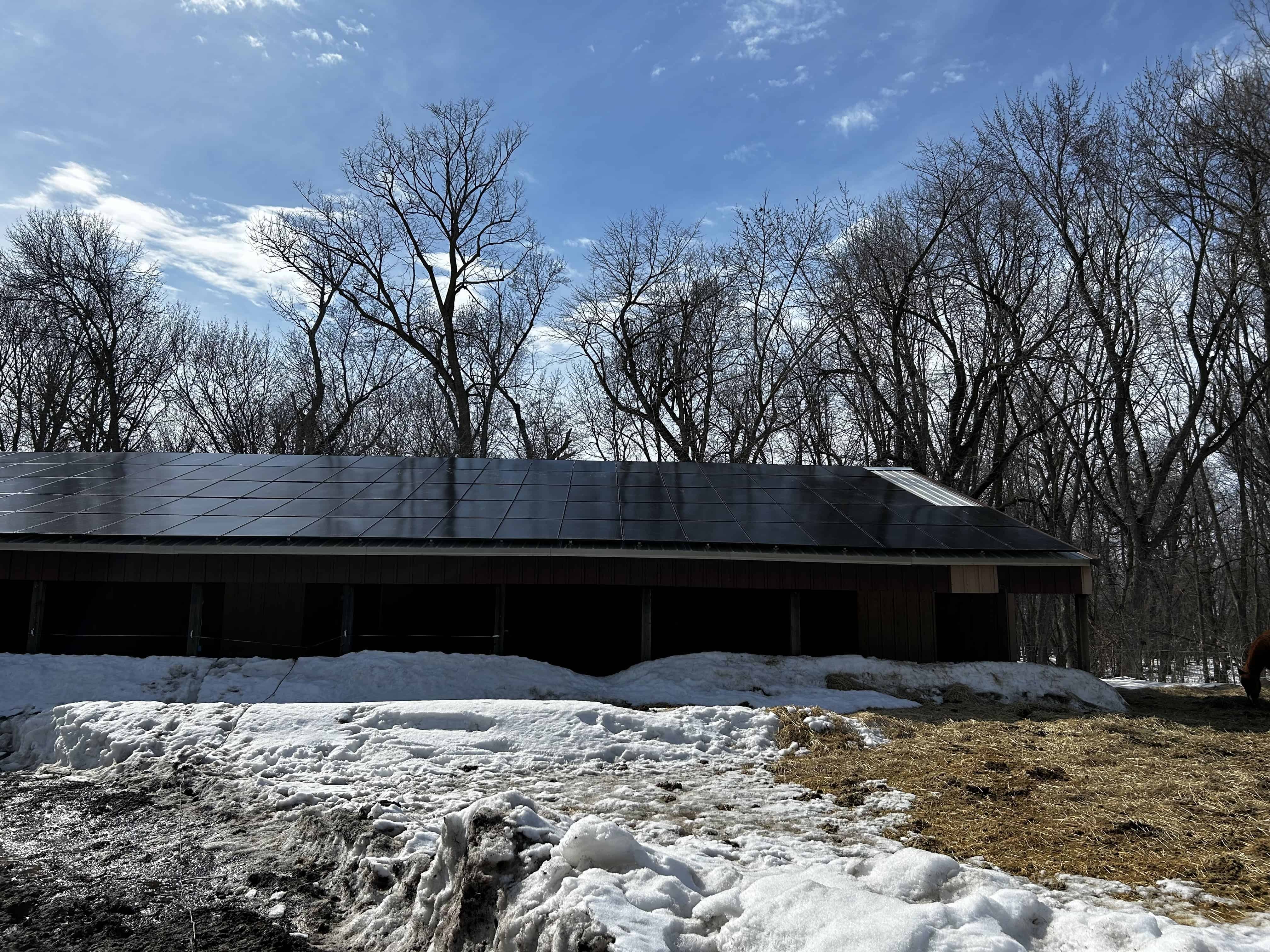

Go Solar Today!
How To Remove Snow From Solar Panels
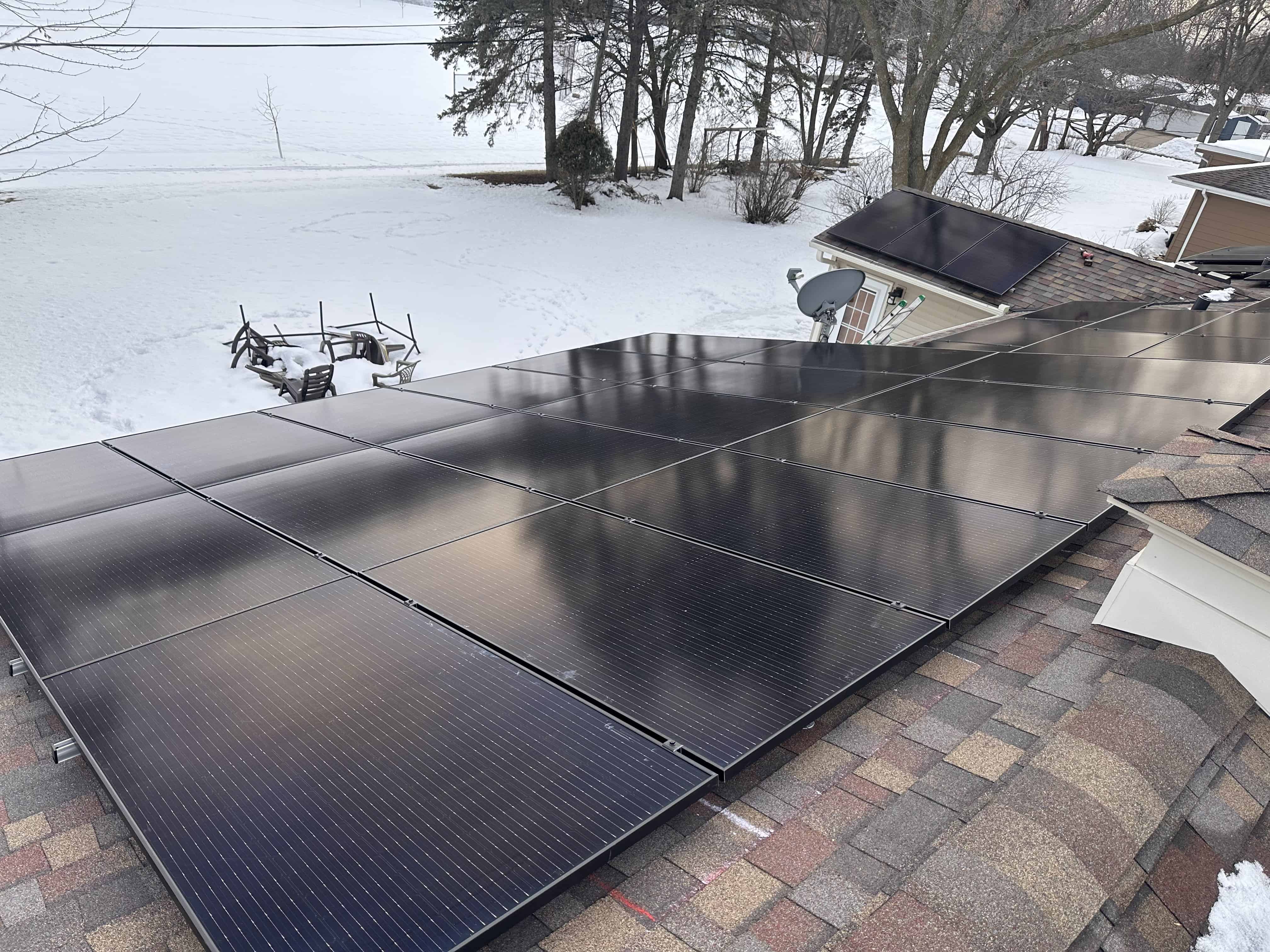

Let the snow melt naturally: Allow the snow on the solar panels to melt on its own, avoiding any potential damage from physical removal.
Use a long-handled broom: Gently brush off the loose snow from the solar panels using a soft brush or a long-handled broom.
Install All-Weather Panels: Consider installing all-weather or snow-resistant solar panels specifically designed to handle snowy conditions more effectively.
Clean Your Solar Panels Year-Round: Regularly clean your solar panels throughout the year, including the winter season, to prevent any dirt, debris, or snow buildup that can hinder their performance.
Reorient Your Solar Arrays: If possible, adjust the tilt or orientation of your solar panel arrays to a steeper angle during winter to allow snow to slide off more easily.
Consider professional help: If you’re unsure or uncomfortable with removing snow from solar panels, it’s advisable to seek professional assistance to avoid any risks or damages.
Advantages Of Clearing Snow From Solar Panels
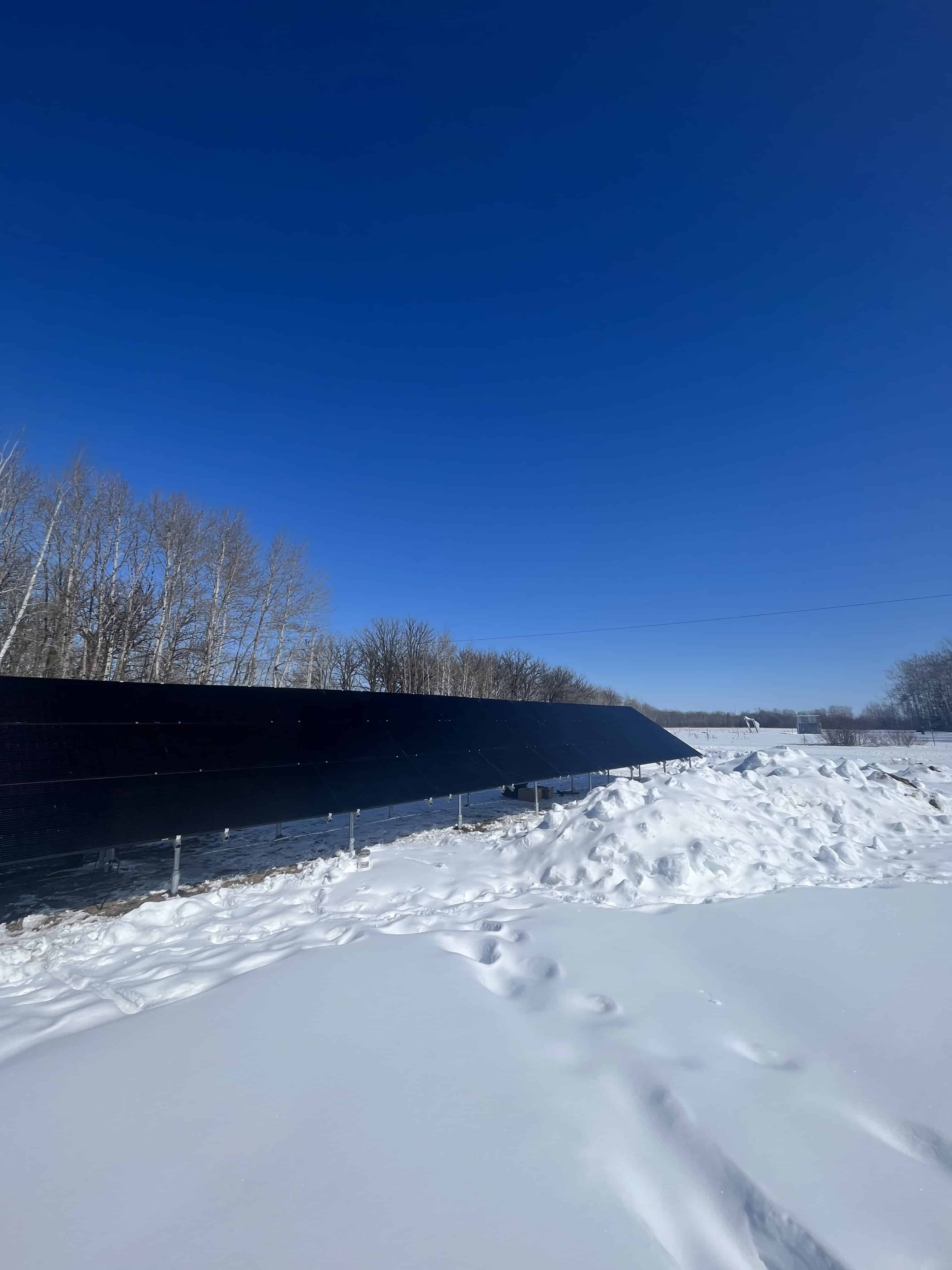

1. Increased Energy Production
Snow coverage on solar panels can significantly reduce their efficiency by blocking sunlight. Clearing the snow allows the panels to capture more sunlight, increasing energy production.
2. Maximizing Power Output
Removing snow ensures that the solar panels can operate at their maximum capacity. This is especially important during the winter months when the sun’s angle is lower and solar production is already reduced.
3. Preventing Damage
Snow accumulation on solar panels can create excess weight and strain on the system, potentially leading to structural damage or decreased lifespan. Clearing the snow helps prevent potential damage caused by heavy loads.
4. Quick Recovery after Snowfall
Clearing snow from solar panels allows them to resume power generation quickly after a snowfall. This is particularly beneficial in regions with frequent snowfall, as it minimizes downtime and maximizes solar panel performance.
5. Long-Term Cost Savings
By maintaining optimal performance throughout the year, regularly clearing snow from solar panels helps ensure you get the most out of your investment. Increased energy production translates to greater savings on electricity bills over the system’s lifetime.
6. Monitoring System Performance
While clearing snow, you can inspect the solar panels and the entire system visually. This allows you to identify potential issues, such as damage or malfunctions, and promptly take appropriate action.
7. Safety
Clearing snow from solar panels can enhance safety by preventing ice dams or icicles from forming. These can pose hazards if they fall or cause damage to the panels or surrounding areas.
8. Improved Panel Lifespan
Regular snow removal helps to preserve the lifespan of solar panels by preventing extended exposure to moisture, ice, and other harsh winter conditions. This contributes to the long-term durability and functionality of the system, enabling your system to generate power efficiently.
Winter Tips For Solar Panels


Adjust the panel angle for right sun exposure
Check your app
Install solar panel snow guards
Choose the right sun exposure
Maximize efficiency with tracking systems
Regularly check for ice buildup
Upgrade your inverter for cold temperatures
Use winter-friendly cables and wires
Key Takeaways: Do Not Worry About Producing Less Power In The Winter
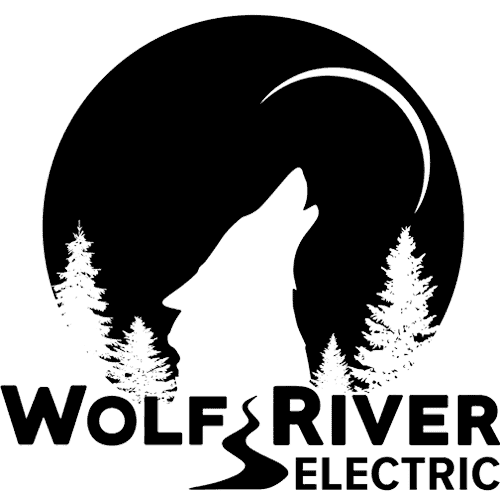

The decrease in power production during winter months does not have to be worrisome because of the practical actions users can take to combat it.
We advise homeowners to combine this information with seasonal temperature trends in their area to identify when a drop-off might occur so that they can plan accordingly and use simple techniques like solar panel cleaning services, advanced solar inverters or winter weather clothes for their panels as preventative measures.
With these methods under your belt, you will have no worries about ensuring reliable solar power output in the winter season.
FAQs
Yes, solar panels will continue to work even when covered in snow. As the snow melts and light can pass through, the panel will start working again normally. However, it is important to note that while a thin layer of snow can protect your panels from direct sunlight and harsh weather, too much snow can reduce the overall efficiency of your solar panels.
Most typical panels can support a minimum of 3-4 inches of snow or even more. Nonetheless, exercising caution and clearing away snow whenever feasible is prudent. Panels featuring more robust framing have the capacity to bear the additional weight.
Ideally, yes. Removing snow from solar panels can help ensure they work at peak efficiency. Light dusting the snow may not be as efficient depending on the weather and climate conditions. If you are in an area where snowfall is common, we recommend contacting a professional to assess the situation first.
In most cases, no. Snow that accumulates on solar panels will not cause any permanent damage to the systems. However, if left unaddressed for a prolonged period, such as weeks or months, it can start to reduce the overall efficiency of your solar installation.
To clean snow off solar panels, it’s best to let the snow melt naturally. Attempting to remove the heavy snow physically can risk damaging the panels. Alternatively, gently brush off the loose snow using a soft bristle brush or a long-handled broom, but be cautious not to scratch the surface.
Join Our Solar Community
Get exclusive access to the latest solar news, tips, and promotions!
